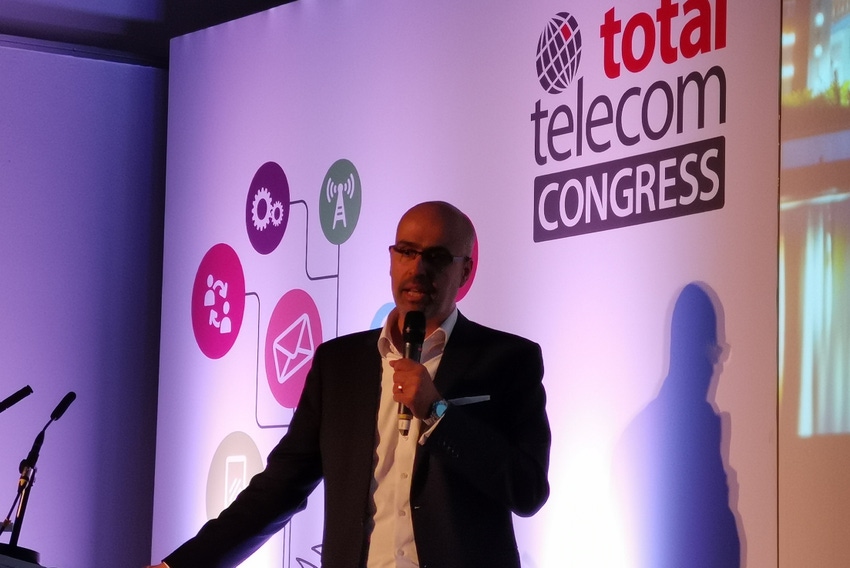With telcos searching for elusive return on investment in a 5G world, edge computing could offer some relief.
October 30, 2018

With telcos searching for elusive return on investment in a 5G world, edge computing could offer some relief.
Speaking at Total Telecom Congress in London, Arash Ashouriha, SVP of Technology Architecture & Innovation at Deutsche Telekom pointed towards the edge as a way to recapture the lost fortunes of yesteryear, but better move quickly or those crafty OTTs will swoop in again.
“With 5G, of course the consumer will benefit, but the challenges are mainly with enterprises; how you build specific solutions on one network, using network slicing,” said Ashouriha.
“What is the real opportunity for operators in avoiding becoming a dumb pipe? It’s going to be the edge. Whatever happens, only the operator can provide the next POP on the mobile phone, never forget that. Are we able to monetize this? If you want to achieve low latency, you have to process the traffic where it is being generated, not 100km away. From an operator perspective, this gives a huge opportunity to leverage the network.”
The theory here is simple. For those usecases which require near real-time transactions, autonomous driving or robotic surgery for example, low latency is critical. Unfortunately, the speed at which data can be moved has a limit, that is just physics, in order to guarantee low latency processing power has to be moved closer to the event. This is an excellent opportunity for the telcos to make money.
However, there is only a small window of opportunity, Ashouriha thinks it might only be two or three years. If the telcos do not take advantage and create a business to capitalise on the edge, the OTTs will swoop in and reap the rewards. All the likes of Google or AWS need to build such a business model is a partnership with one MNO in a market, then the cloud players can leverage the power of their cloud assets to build the case for low latency.
This is the challenge for the telcos; the opportunity is there and very apparent, but are they swift enough to capitalise on it? It certainly wasn’t the case for value added services and it seems the battle for control of the smart home has been lost, with Google and Amazon successfully positioning the smart speaker (not the router) as the centre of the ecosystem. The telcos need to react quickly, as you can guarantee the cloud players are eyeing up the opportunity.
One of the challenges, as Ashouriha points out, is industry collaboration. It doesn’t matter if you are the biggest, baddest telco around, no-one has 100% geographical coverage. To make this edge orientated service work, the telcos will have to develop some sort of framework where holes in connectivity can be plugged by competitors.
To tackle this challenge, DT has spun-off a business in Silicon Valley called MobiledgeX to create a platform where telcos plug in to create an always-connected experience for an ecosystem to build products and services on top of. It’s an interesting idea, and certainly a step in the right direction to capitalise on the edge opportunity.
With the billions being spent to develop 5G networks there is no single silver bullet to realise the ROI, but building a portfolio of services and business models will certainly get the telcos across the line. They just have to get better at capitalising on the opportunity when it presents itself.
About the Author(s)
You May Also Like








.png?width=300&auto=webp&quality=80&disable=upscale)


_1.jpg?width=300&auto=webp&quality=80&disable=upscale)


.png?width=800&auto=webp&quality=80&disable=upscale)